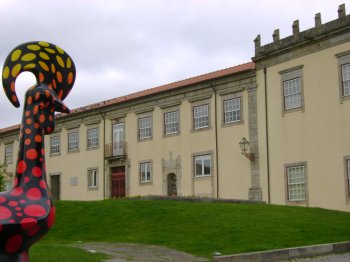Explore the best places
Monuments in Barcelos

Solar de Azevedo
- heritage
Rua Conde dos Azevedos, 237
4750-511, Lama
With Solar House and Tower, this perhaps the most monumental of all Northern Portugal. It is obvious the conservative spirit of 16th-century architecture, by preserving medieval features.
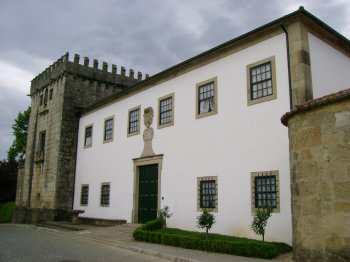
Solar do Benfeito
- heritage
Largo do Benfeito (CM 1069)
4750-234, Barcelos
Baroque long plant Solar and in whose facade prefigure the three fundamental areas that constitute: the House, the Chapel and the courtyard. At Solar highlights the figure of the classical-era Warrior featured on the staircase and in the Chapel, the decoration of the ceilings with a fresco of Baroque.
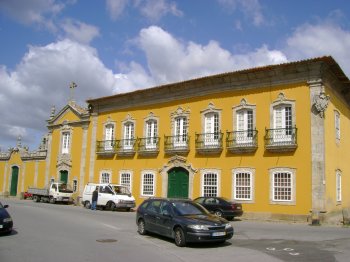
Torre da Porta Nova
- heritage
Largo da Porta Nova
4750-329, Barcelos
This square tower made with thick granite blocks (reaching two metres) was founded in the XV century by the 8th Count of Barcelos. The finishing is from the Renaissance period with cornice, gutter and merlons.
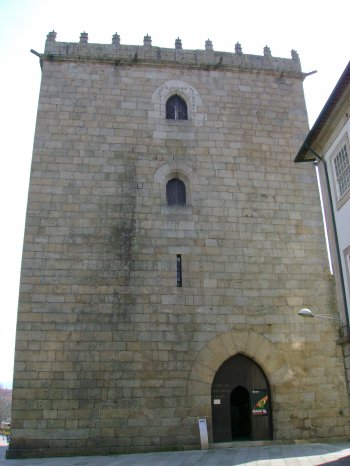
Casa do Condestável Dom Nuno Álvares Pereira
- heritage
Rua de São Francisco, 57
4750-295, Barcelos
Dom Nuno Álvares Pereira was a 14TH century Portuguese general who played a key role in the 1383-1385 crisis, where Portugal played their independence against Castile, in the famous battle of Aljubarrota. After the Spanish threat, Nuno Álvares Pereira remained as Constable of the realm and became count of Arraiolos and Barcelos, and here remained in this House.
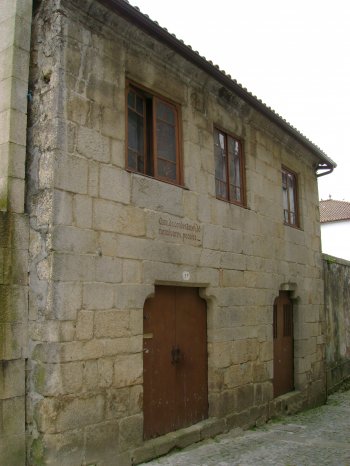
Casa dos Machados da Maia
- heritage
Largo Doutor José Novais, 47
4750-310, Barcelos
This is one of the few Manueline copies existing in the municipality of Barcelos. Highlighting the decorative richness in vain and merlons of the shot.
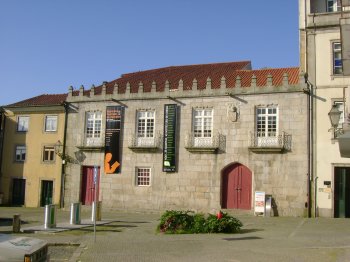

Casa no Largo Doutor Martins Lima
- heritage
Largo Doutor Martins Lima, 19
4750-318, Barcelos
This is one of the only examples of 16th century urban houses of the County that arrived to this day.
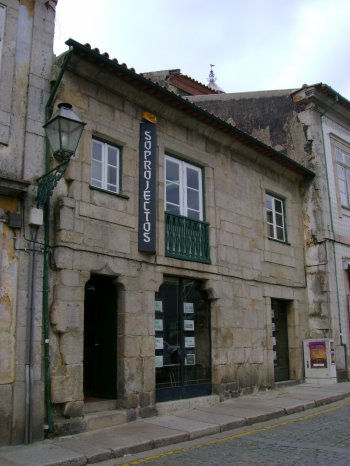

Antigo Hospital do Espírito Santo e Capela de Santa Maria
- heritage
Largo do Município
4750-323, Barcelos
Current City Hall building of Barcelos, a construction that clusters former Hospital of the holy spirit that in the 14th century served as a service station for pilgrims to Santiago de Compostela and traces of the old chapel of Santa Maria of the 14th century.
